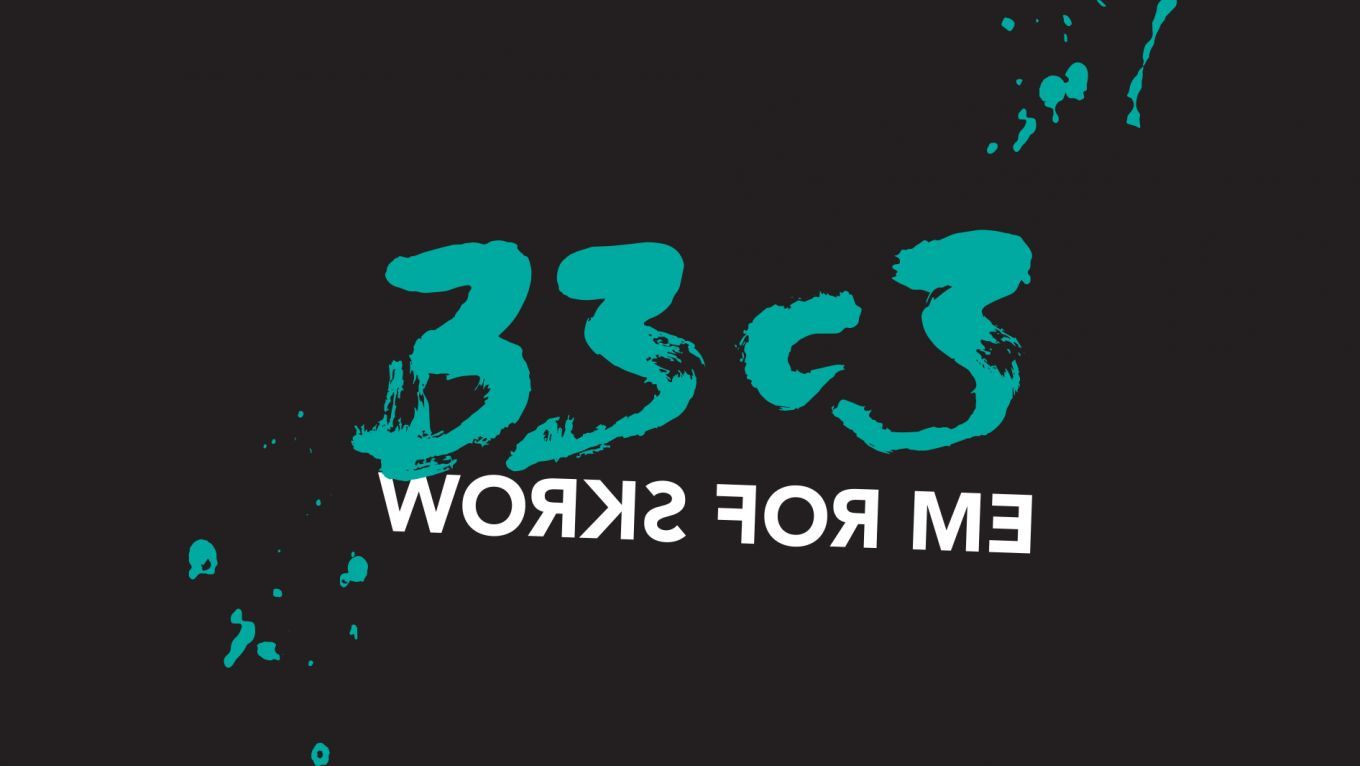Science
Beyond Virtual and Augmented Reality
From Superhuman Sports to Amplifying Human Senses
With recent development in capture technology, preserving one's’ daily experiences and one's’ knowledge becomes richer and more comprehensive. Furthermore, new recording technologies beyond simple audio/video recordings become available: 360° videos, tactile recorders and even odor recorders are becoming available. . The new recording technology and the massive amounts of data require new means for selecting, displaying and sharing experiences.
Sharing experiences and knowledge have always been essential for human development. They enable skill transfers and empathy. Over history, mankind developed from oral traditions to cultures of writing. With the ongoing digital revolution, the hurdles to share knowledge and experiences vanish. Already today it is, for example, technically feasible to take and store 24/7 video recordings of one's’ life. While this example creates massive collections of data, it makes it even more challenging to share experiences and knowledge with others in meaningful ways.
A recurring theme in science fiction literature is the download of the abilities of another human to one's mind. Although current cognitive science and neuroscience strongly suggest that this is impossible, as our minds are embodied; we believe that skill transfer and effective learning will accelerate tremendously given recent technological trends; just to name a few of the enabling technologies, human augmentation using virtual/augmented reality, new sensing modalities (e.g. affective computing) and actuation (e.g. haptics), advances in immersive storytelling (increasing empathy, immersion, communication) etc.
The talk starts with sensing and actuation technology, giving an overview about them and discussing how they can be used.
I’m discussing several novel upcoming sensing modalities for VR and AR, first of all eye movement analysis for interaction and activity recognition, introducing the pupil eye tracker (open source eye tracker from pupil labs), affective wear (one of our research to track facial expressions on affordable smart glasses) to J!NS MEME (EOG glasses that can detect how much you are reading and how attentive you are).
In the next part of the talk I go into details about actuation.Here I especially discuss haptics.
From the TECHTILE Toolkit (a rapid prototyping haptic toolkit from two of my colleagues Kouta Minamizawa and Masashi Nakatani) to the REZ Infinite Haptic Suit.
In the end, I give an outlook on projects that push the limits for experience sharing and skill transfer: the Swiss Cybathlon and the Japanese Super Human Sports Society.
I’m a researcher in the wearable computing, AR and VR field organizing a Dagstuhl Seminar on a similar topic, I’m also a founding member of the Japanese Super Human Sports Society.
Additional information
| Type | lecture |
|---|---|
| Language | English |
More sessions
| 12/27/16 |
What are the politics and aesthetics of mapping? An introduction how cartography shapes cities and landscapes, creates borders and determines the perception of our environment. How an evolving mix of high-resolution satellite imagery, algorithm-based mappings and the huge amount of data of digitized cities will enhance these effects? And in contrast, how can maps be designed, that question the “objectivity” and “correctness” of conventional cartography?
|
| 12/27/16 |
Artificial intelligence and machine learning are in a period of astounding growth. However, there are concerns that these technologies may be used, either with or without intention, to perpetuate the prejudice and unfairness that unfortunately characterizes many human institutions. We show for the first time that human-like semantic biases result from the application of standard machine learning to ordinary language—the same sort of language humans are exposed to every day. We replicate a ...
|
| 12/27/16 |
Legend has it that most airline pilots will at one time have uttered the sentence "What's it Doing now?", whenever the autopilot or one of its related systems did something unexpected. I will be exploring some high-profile accidents in which wrong expectations of automation behaviour contributed to the outcome.
|
| 12/28/16 |
Jeder weiß ungefähr was ein Mikroskop ist und vielleicht hat man auch mal davon gehört das da immernoch dran geforscht wird – Stichwort Hochauflösungsmikroskopie (Nobelpreis 2014 in Chemie). Es gibt deutlich mehr Mikroskope in der professionellen Forschung als es Teleskope gibt, deutlich mehr – und da könnte man sich jetzt fragen: "Warum sehe ich so viele Bilder von Sterne, aber kaum Mikroskopiebilder von öffentlichen Einrichtungen und Stellen?". Um diese Frage zu beantworten will ich ...
|
| 12/28/16 |
Physicists are not computer scientists. But at CERN and worldwide, they need to analyze petabytes of data, efficiently. Since more than 20 years now, ROOT helps them with interactive development of analysis algorithms (in the context of the experiments' multi-gigabyte software libraries), serialization of virtually any C++ object, fast statistical and general math tools, and high quality graphics for publications. I.e. ROOT helps physicists transform data into knowledge. The presentation will ...
|
| 12/28/16 |
The Anthropocene is widely understood to mean the current <em>"period of Earth's history during which humans have a decisive influence on the state, dynamics and future"</em> of this planet. For several years, scientists in the <a href="http://quaternary.stratigraphy.org/workinggroups/anthropocene/" title="Website of the Working Group on the 'Anthropocene' (AWG)">Working Group on the 'Anthropocene' (AWG)</a> have <a ...
|
| 12/28/16 |
Applied IT security is largely a science-free field. The IT-Security industry is selling a range of products with often very questionable and sometimes outright ridiculous claims. Yet it's widely accepted practice among users and companies that protection with security appliances, antivirus products and firewalls is a necessity. There are no rigorous scientific studies that try to evaluate the effectiveness of most security products or strategies. Evidence-based IT security could provide a way ...
|

